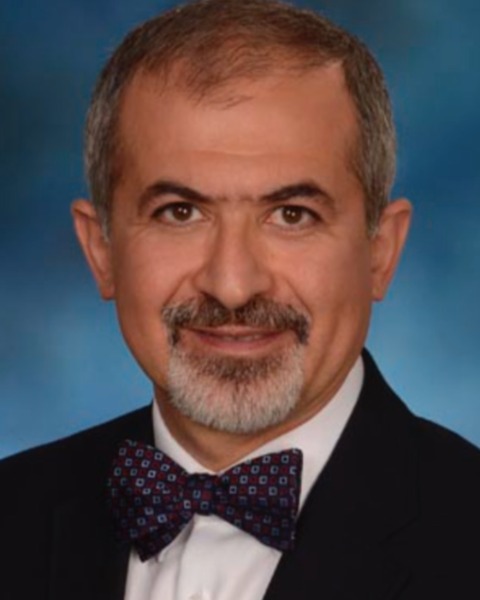Ultrasound/Imaging
Poster Session 1
(95) Application of Machine Learning in the detection of four chamber abnormalities

Paola Abi Habib, BS, MD
University of Maryland School of Medicine
Baltimore, MD, United States- RS
Reza Shirkavand, BS
University of Maryland
College Park, MD, United States - SS
Samantha Selhorst, BS
University of Maryland School of Medicine
Baltimore, MD, United States 
Ozhan M. Turan, MD,PhD
University of Maryland Medical Center
Baltimore, MD, United States- HH
Heng Huang, BS, MS, PhD
University of Maryland
College Park, MD, United States - ST
Sifa Turan, MD, RDMS
University of Maryland Medical Center
Baltimore, MD, United States
Primary & Presenting Author(s)
Coauthor(s)
Identification of the normal cardiac landmarks excludes major cardiac defects. Congenital heart defects (CHD) often go undetected in low-risk settings despite having a high incidence, due to training and resource substandardization. The use of Machine learning (ML) in cardiovascular disease has been newly implemented and has the potential to overcome this limitation. We hypothesize that ML technology accurately detects normal vs. abnormal four-chamber views.
Study Design:
MobileNet is a lightweight neural network model that has an innate understanding of general visual features. We employed an architecture similar to a MobileNet pretrained on the ImageNet dataset and subsequently applied it to our previously collected fetal ultrasound scans. The characteristics of MobileNet are well-suited for small datasets, as its efficiency allows practical training even with limited data. Our data comprised 150 normal and 50 abnormal four-chamber heart views (4ChV) collected between 20-28 weeks of gestation, in patients with a median BMI of 27.9 (17.2-50.2). Normal 4ChV is defined as two equal size atria and ventricles, intact septum, different positions of the crux, and visualization of two pulmonary veins into the left atrium. This dataset was used for training and validation through a 5-fold cross-validation process. The metrics were subsequently compared to other mainstream models using F1 scores (combination of precision and recall).
Results:
This model demonstrates excellent proficiency in accurately interpreting normal vs. abnormal 4ChV of the fetal heart images, yielding an F1 score of 0.758±0.038 and an Area Under the Receiver Operating Characteristic curve (AUROC) of 0.884±0.032. These metrics were also higher compared to other existing mainstream ML models (Table).
Conclusion:
Our study demonstrates the efficacy of integrating advanced deep learning, specifically the MobileNet model, into fetal echocardiography for identifying abnormal 4ChV. The model performs remarkably and offers a promising solution to enhance the clinical diagnosis of fetal cardiac defects.

